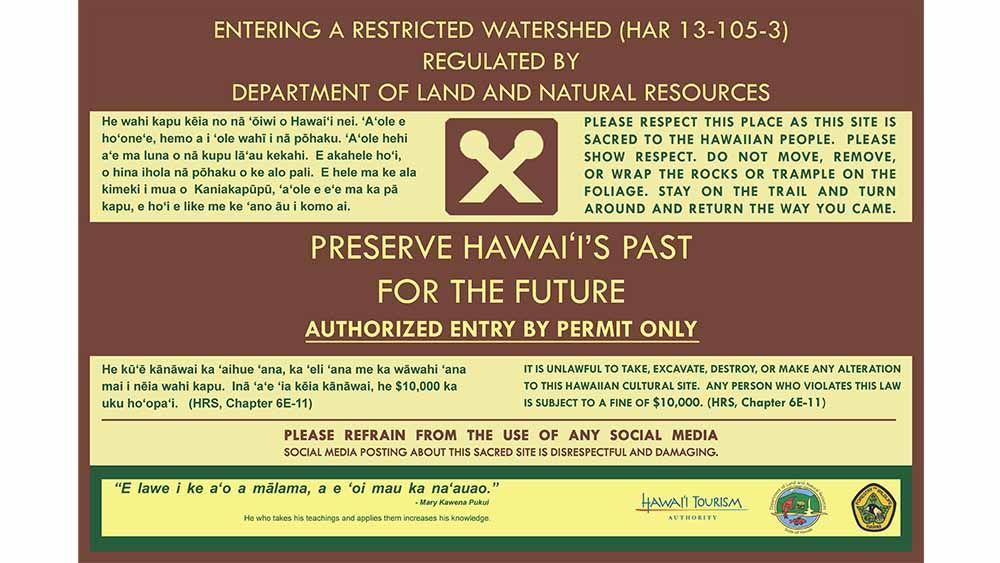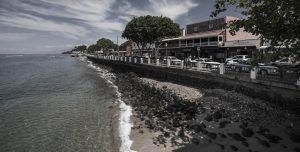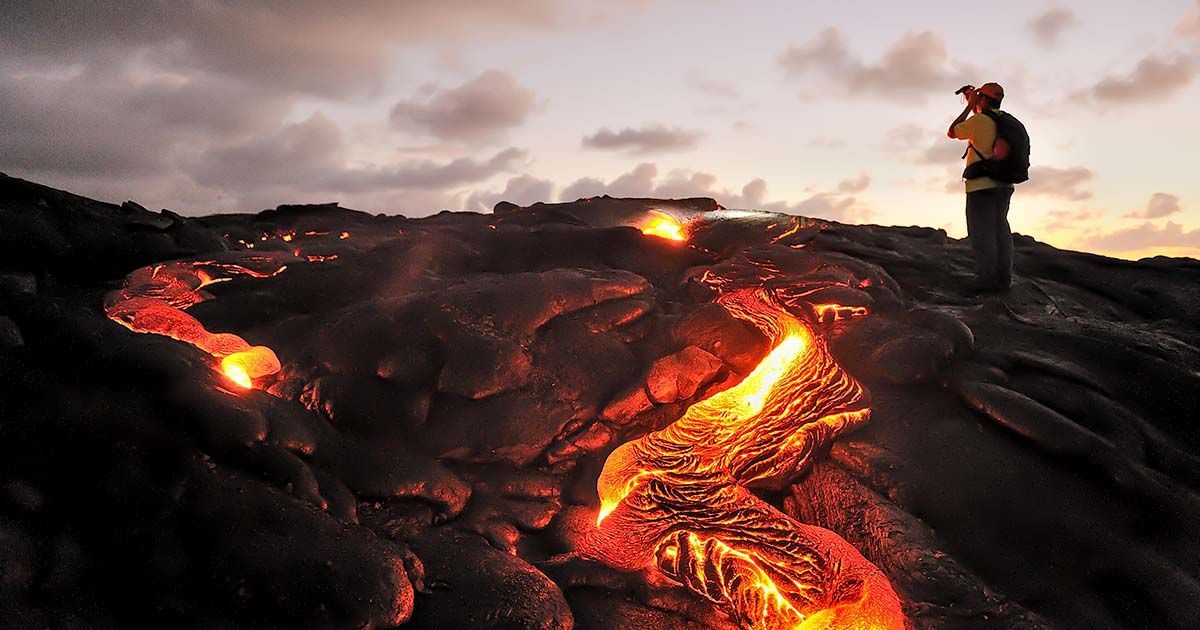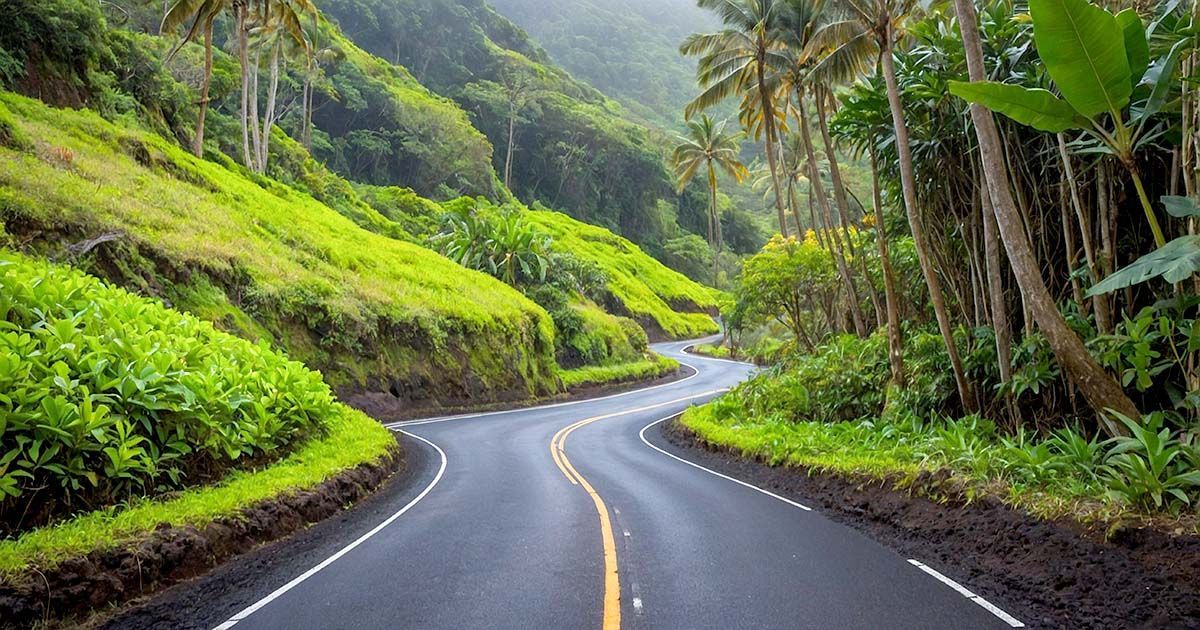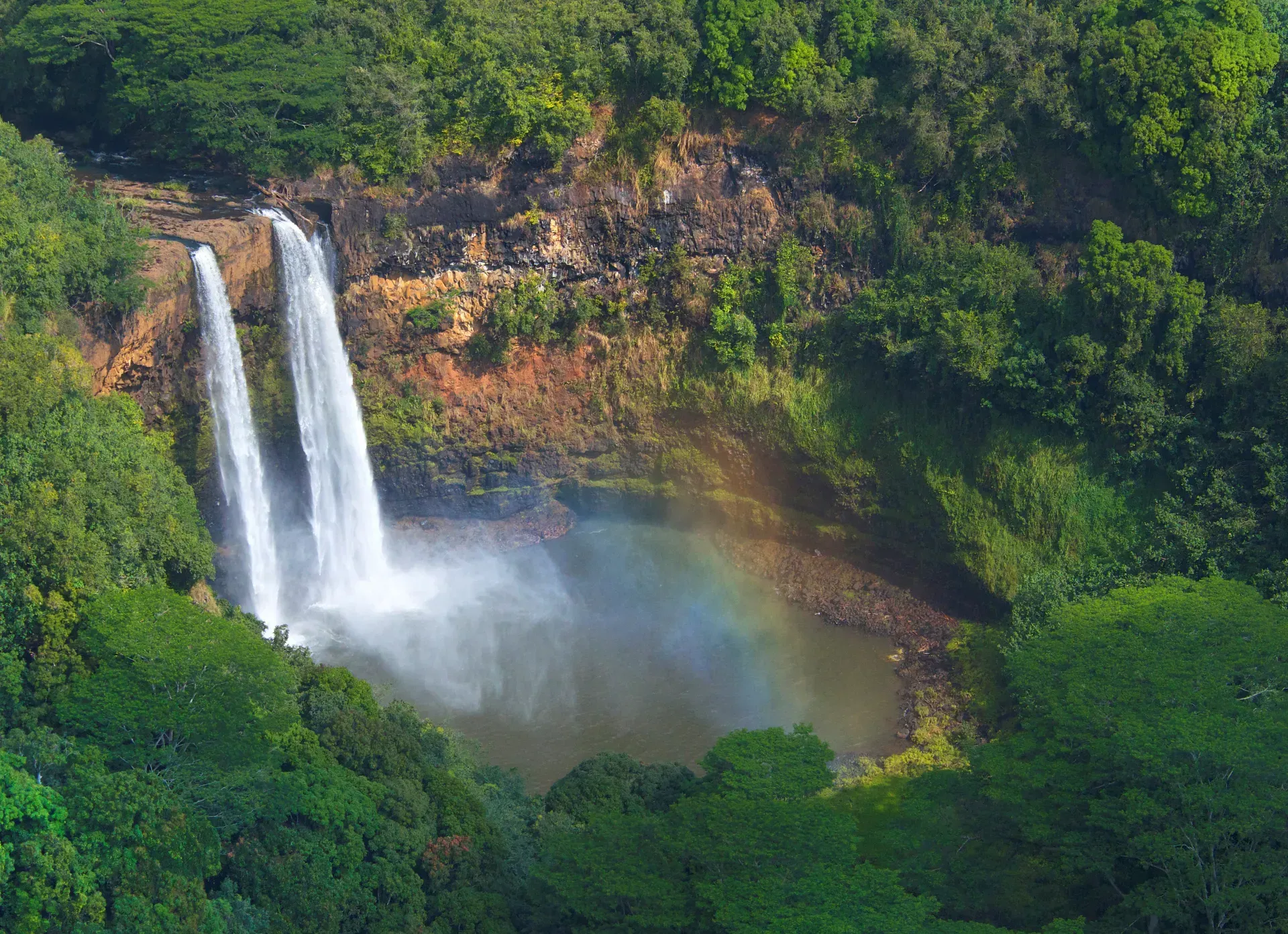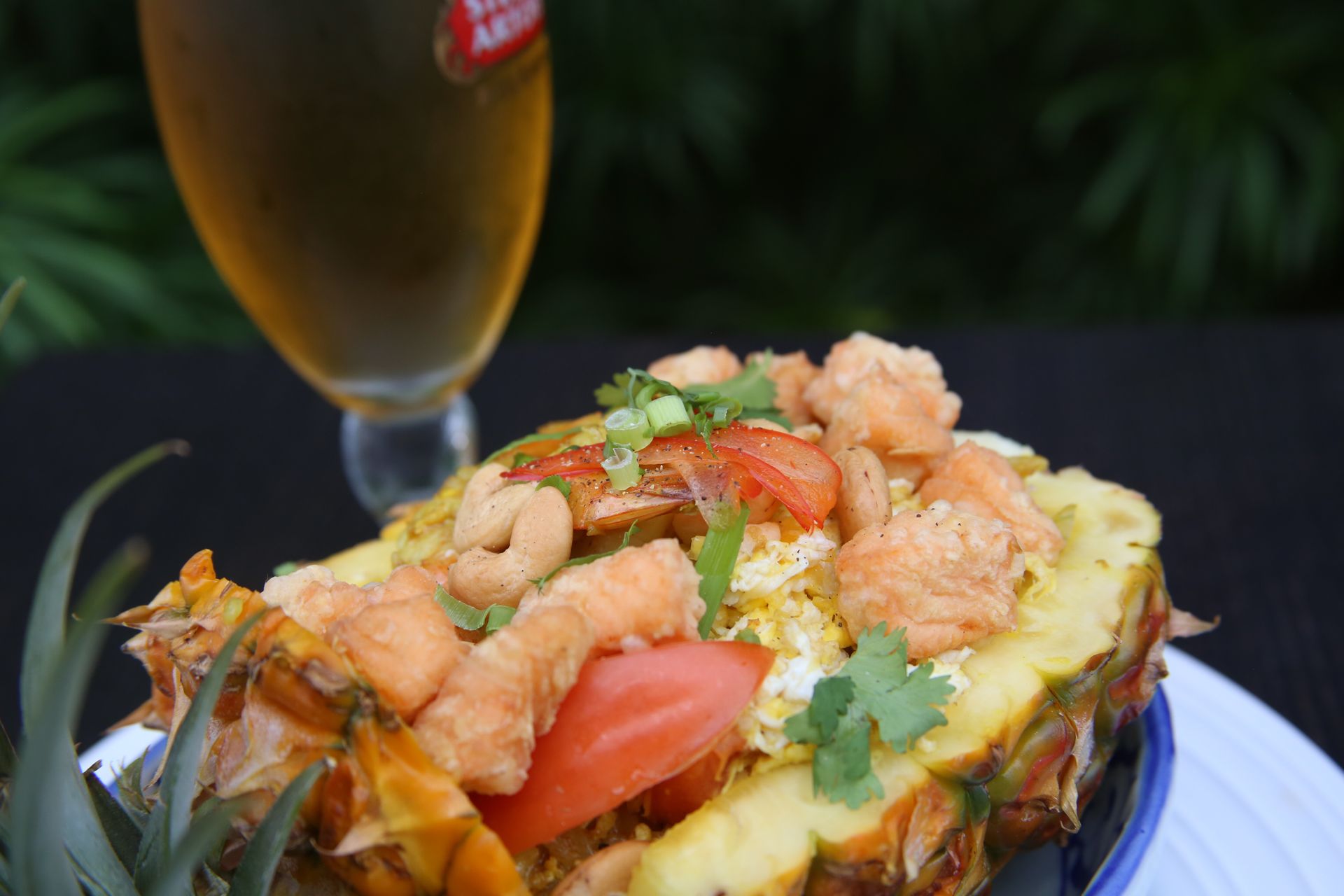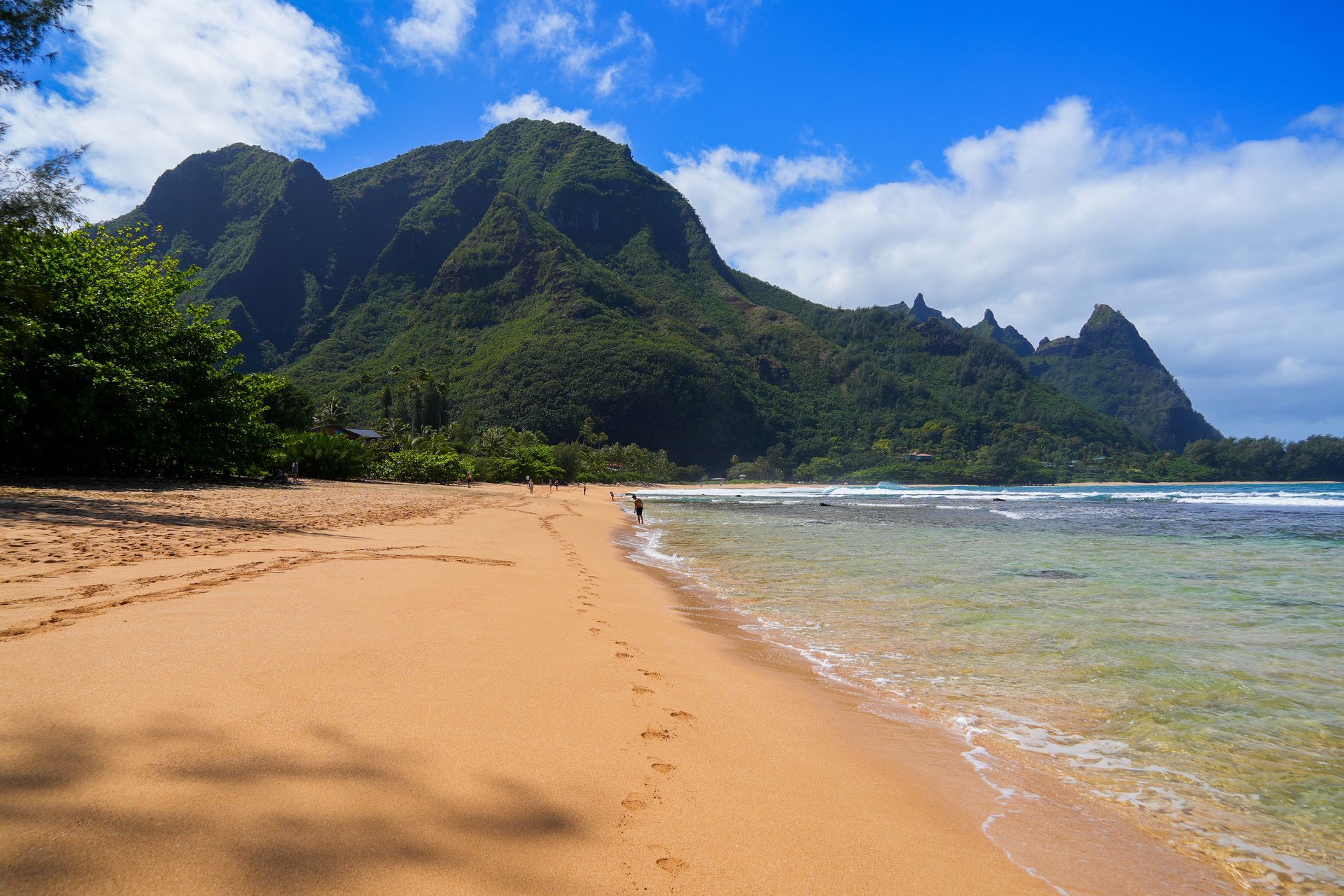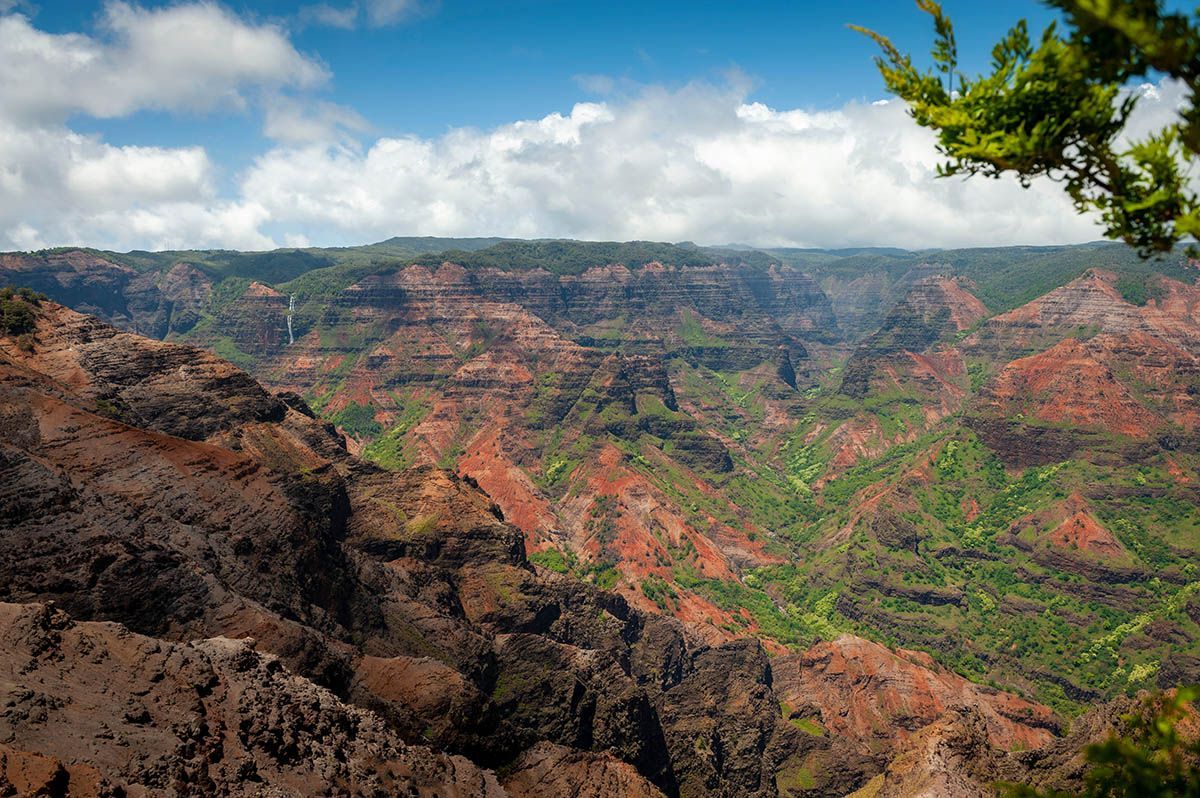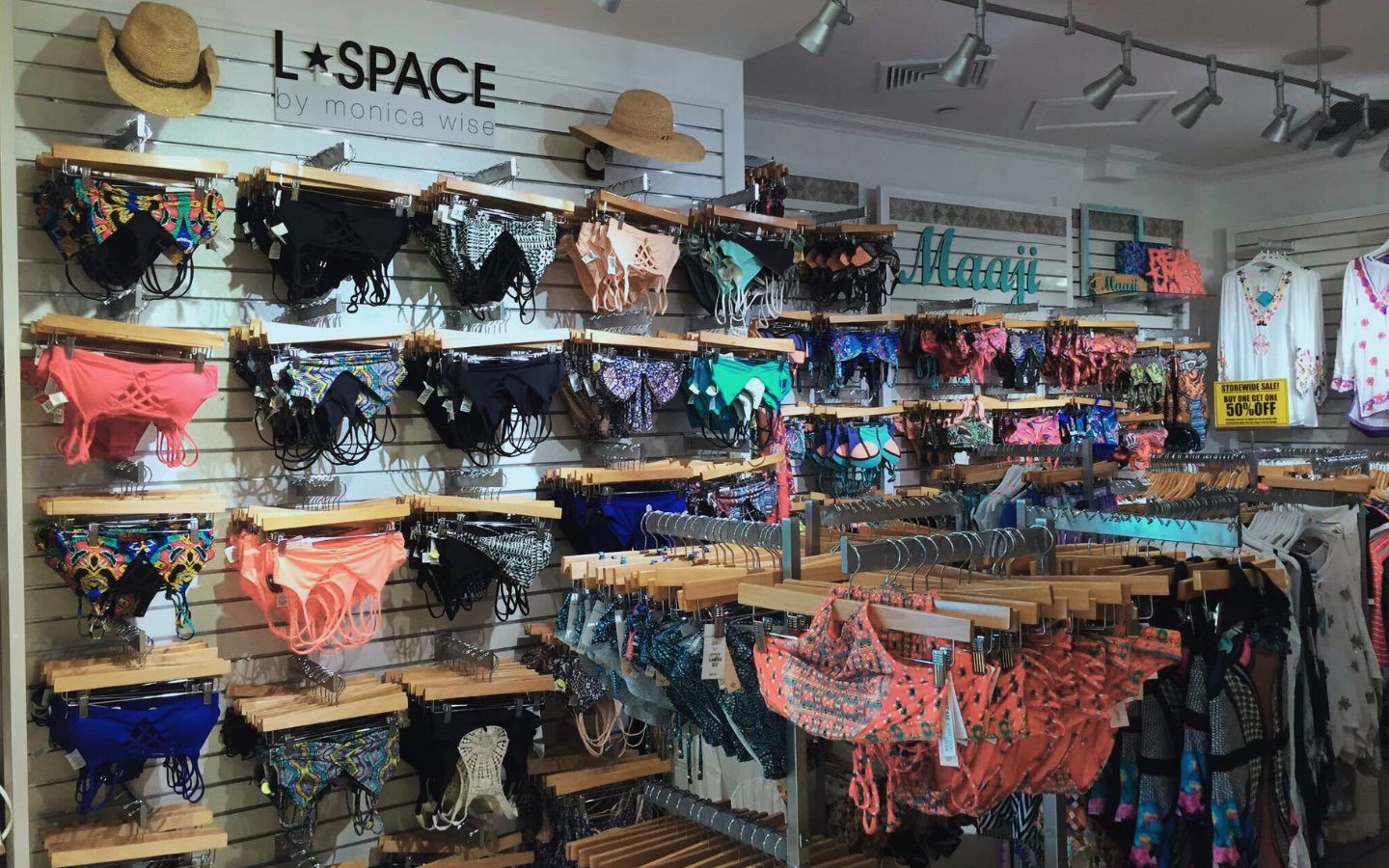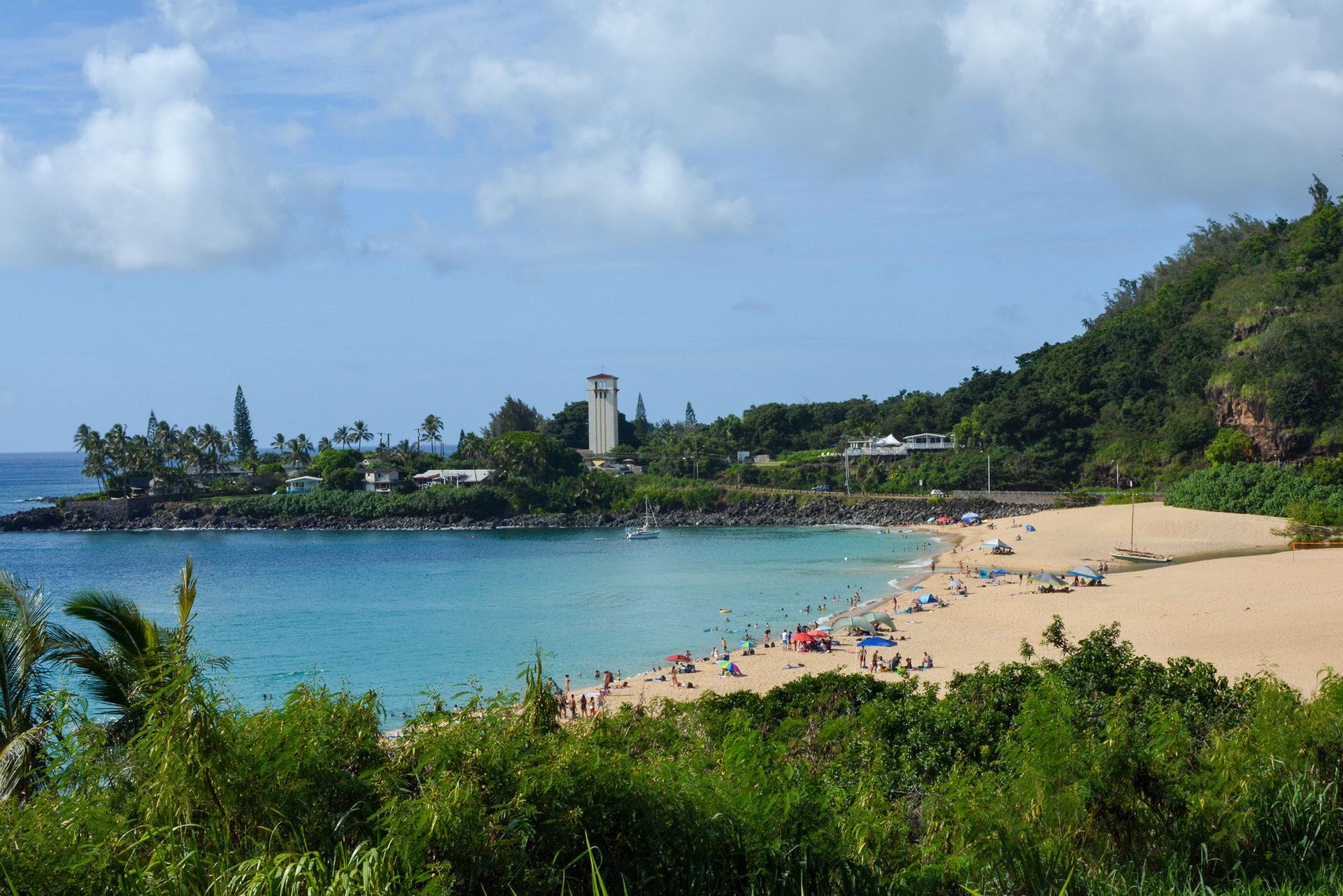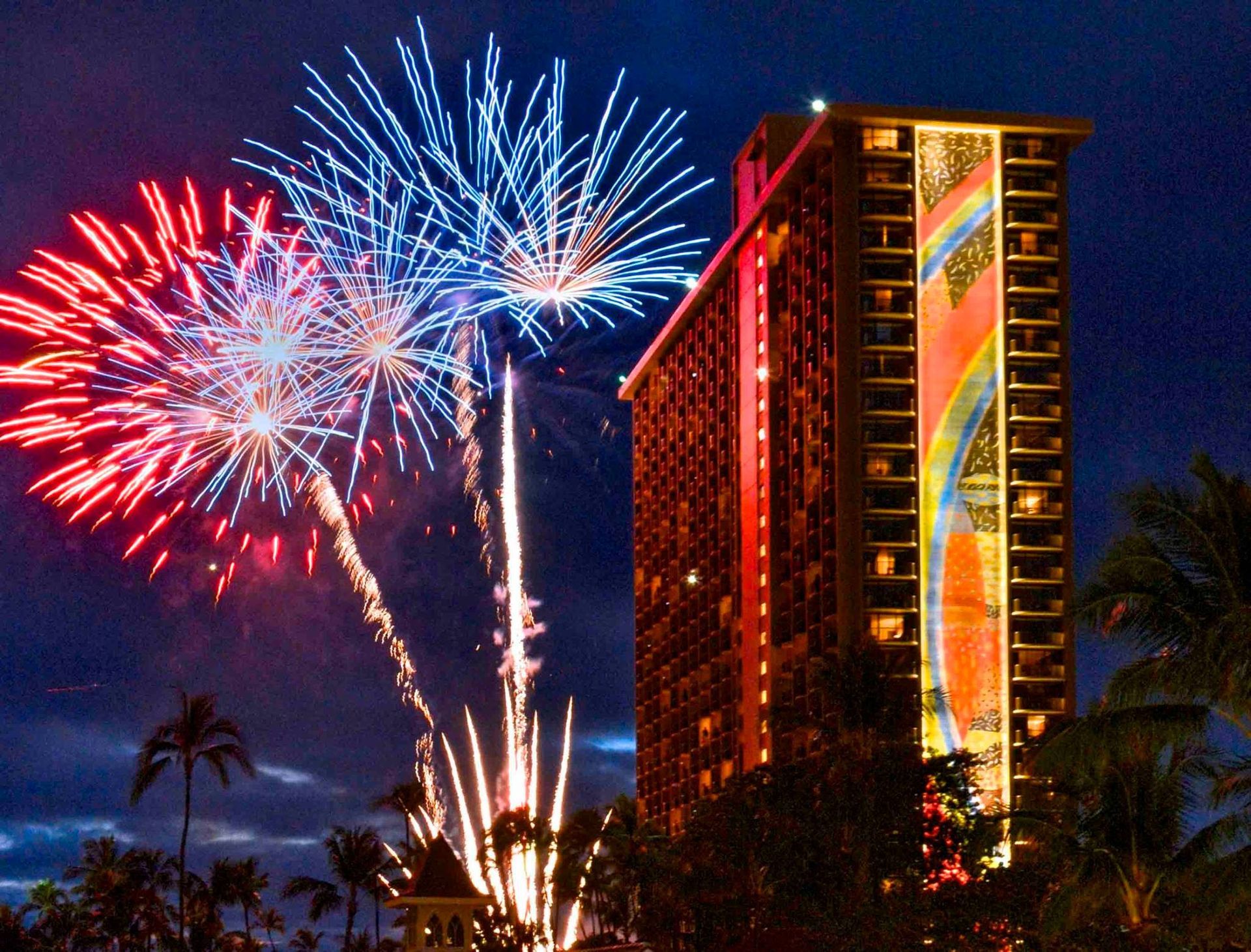Be a Traveler, Not a Tourist: Respect and Restraint Should Still Be Practiced While on Vacation

By Richard Melendez, Digital Editor
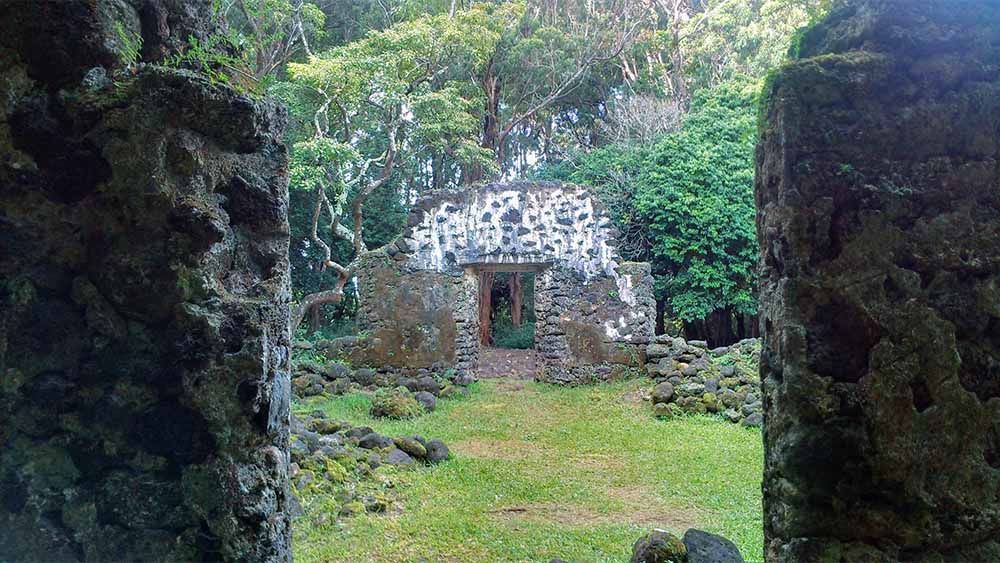
The editorial team here at This Week has a phrase we like to whip out now and then: “Be a traveler, not a tourist.” It can mean different things to different people, but the gist is this: When you visit a place, whether a sacred historical site, a beach, a restaurant or even a friend’s house, tread lightly and with respect. It’s not yours, after all, so treat it well.
Sadly, sometimes visitors to Hawai‘i don’t practice this concept, treating the sites they visit with disrespect. This can be demonstrated by littering, trespassing onto restricted areas or removing items like rocks, shells and flowers without permission.
Several years ago, I had contributed a short piece to an online magazine about one of my favorite spots on O‘ahu called Kaniakapūpū. Kaniakapūpū was the site of Kamehameha III’s summer palace where a legendary Restoration Day celebration was held in 1847, hosting approximately 10,000 guests. Today, only the crumbling ruins remain, all but reclaimed by the surrounding forest. The grounds are also home to a heiau (religious site), adding to the site’s significance and reverence.
There was a time when I would visit every month or so. It was quiet and cool there, and I enjoyed the peace and solitude. Even then, the site was technically off limits, being on private property, but I told myself that my intentions were good. I would visit with nothing but grace and respect, placing an offering whenever I was there (and even that may have been misguided), leaving the site as it was when I arrived, if not in a better state. I tried to be a traveler, not a tourist.
At the time of the story’s publication, Kaniakapūpū was unknown by tourists and essentially an urban legend to the general public. It’s off the beaten path with little to no parking, and the precise location is sort of hard to describe. Thusly, there was never any other visitors on the grounds when I’d visit, adding to the peace I’d feel when I was there.
Flash forward a few years, and the site now regularly appears on travel sites. Social media feeds of visitors and locals showed photos of them gleefully posing on the ruins, climbing over them like a playground structure. There was little regard for the sanctity of the site and its historical importance. Incidents of damage, unintentional or otherwise, became more commonplace.
Today, news broke about an incident of vandalism at Kaniakapūpū. This follows several other times that vandals stuck, including in 2016, and an ever-increasing rise in attention and foot traffic in the area.
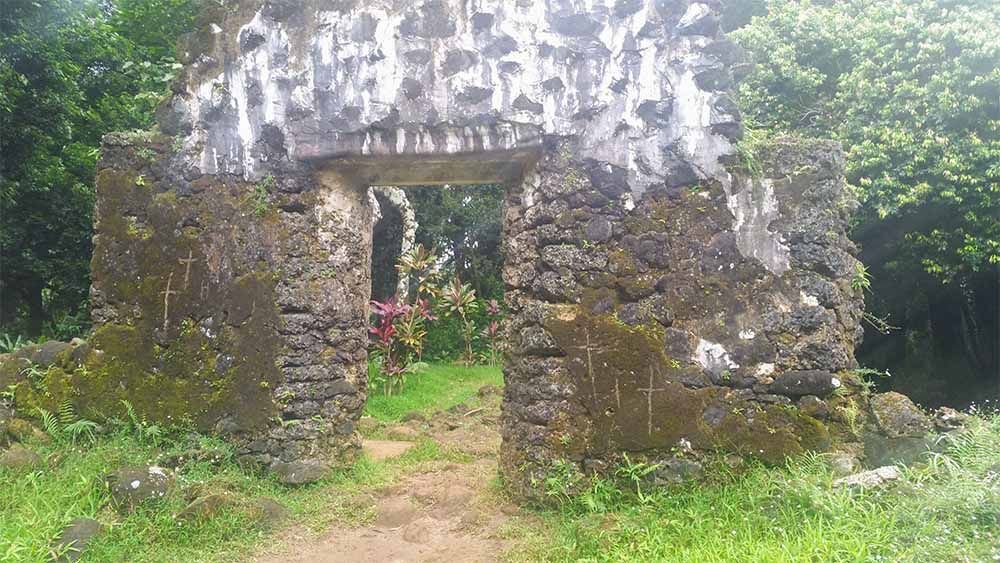
I’m under no illusion that my small write-up caused any of this. I was an unknown writer contributing to an unknown (and quickly defunct) website, and I selfishly wanted to keep this secret spot to myself, so I was careful not to give directions or mention a specific location. All the same, I’m sure my write-up didn’t help. However small our readership, the story was read. In light of developments since that time, I wish I hadn’t brought any public attention to the site at all.
As a visitor publication, This Week regularly highlights many beautiful and unique sites across the state, including hiking trails, beaches and historic attractions. While we don’t explicitly state that people should treat these locales with respect, we kind of hope that doing so is a common sense behavior. While that’s the case for most visitors, sadly, a few bad apples can and do often ruin the whole bunch.
I haven’t been to Kaniakapūpū in years. I miss it terribly, but I don’t want to contribute any more to its problems. And whatever my intent, I would be part of the problem. “Be a traveler, not a tourist.” Tread lightly and respectfully. But sometimes, the best way to protect a site, to preserve its sanctity and show it respect, is to just not visit it at all.
